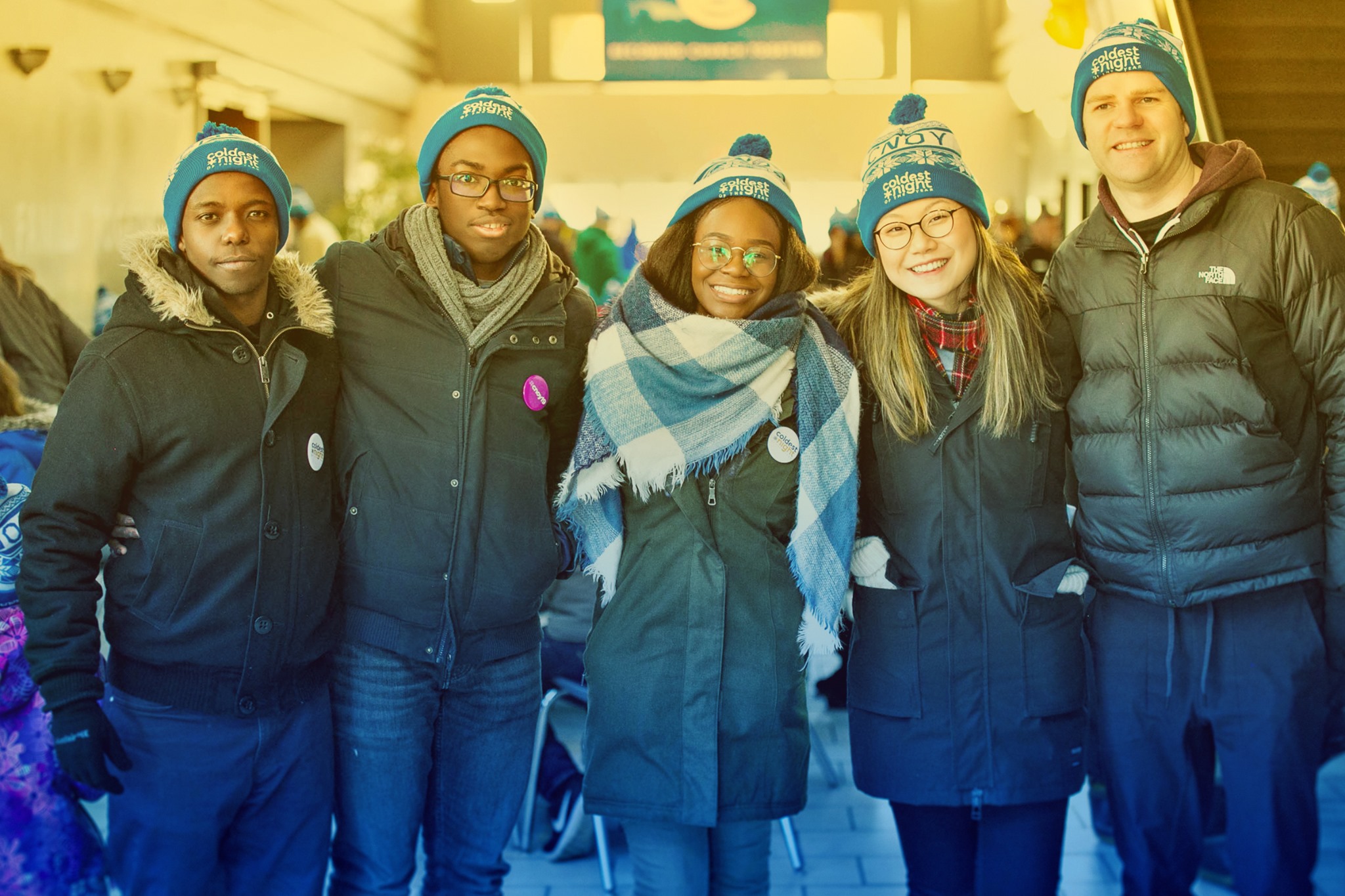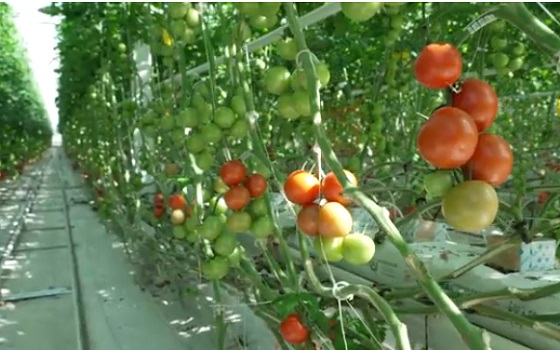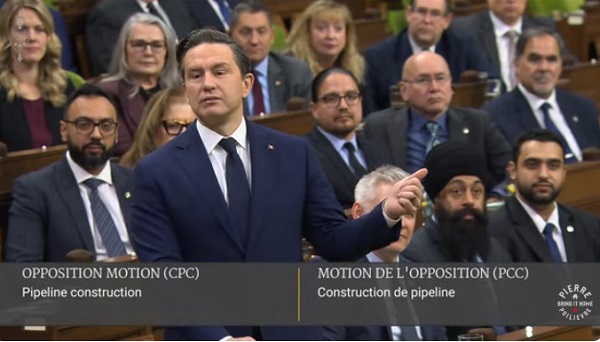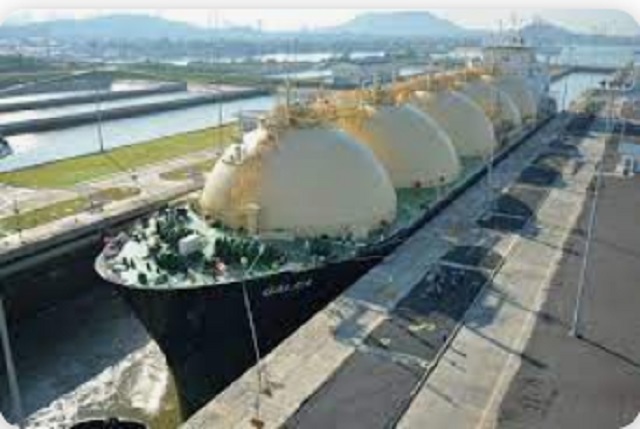Alberta
February 20th is the Coldest Night of the Year

Housing insecurity represents an increasingly complicated issue with a variety of social, economic and political impacts at the local, regional and national levels. In Canada, it is estimated that 12.7 percent of the population experiences housing insecurity in some form (1).
The Balsillie School of International Affairs recently published Canada’s Responses to COVID-19: Impacts on Vulnerable Populations Experiencing Housing Insecurity by Giorgis-Audrain and Arya, discussing the impacts of the pandemic on the ongoing Canadian housing crisis. According to the paper, housing insecurity refers to “conditions that are challenging, such as poor housing quality, overcrowding, unaffordable housing (the inability to meet household expenses such as rent or utilities) and homelessness” (pg. 2).
 The sweeping impacts of COVID-19 over the course of the past year have further illuminated the uncomfortable reality that things can and do change quickly, and absolutely anyone can find themselves without access to reliable shelter. With thousands of Canadians out of work, countless relief services have been working overtime to fill gaps in the system created by COVID-19.
The sweeping impacts of COVID-19 over the course of the past year have further illuminated the uncomfortable reality that things can and do change quickly, and absolutely anyone can find themselves without access to reliable shelter. With thousands of Canadians out of work, countless relief services have been working overtime to fill gaps in the system created by COVID-19.
On February 20, the Coldest Night of the Year will launch its 10th annual national campaign to combat the impacts of homelessness and housing insecurity across Canada.
 The Coldest Night of the Year is a nation-wide, collaborative campaign between multiple charities and organizations that brings Canadians together to highlight the frightening reality of not having access to safe, reliable shelter during one of the coldest Canadian months. Founded in 2011, the organization has raised a total of $6,250,000 towards homeless relief across Canada.
The Coldest Night of the Year is a nation-wide, collaborative campaign between multiple charities and organizations that brings Canadians together to highlight the frightening reality of not having access to safe, reliable shelter during one of the coldest Canadian months. Founded in 2011, the organization has raised a total of $6,250,000 towards homeless relief across Canada.
“Calgary is experiencing an affordable housing crisis,” says Hayley Gislason, Communications Advisor for HomeSpace Society, “there are 3000 Calgarians experiencing homelessness on any given night. The reality is – especially in Canada, where it gets very cold – living without a roof over your head can mean freezing to death in the streets.”
HomeSpace Society owns and operates affordable housing in Calgary, and is one of three organizations participating in the Coldest Night of the Year 2021 for Calgary Downtown. Their organization has set a goal of $60,000, which, as of February 17, has been 101% reached, now totalling over $60,000 with three days to go. “We’ve been so pleasantly surprised by how engaged people are, despite everything that’s been going on,” says Gislason. “As much as we’re experiencing an economic downturn, people with the capacity to give, are giving.”
 Each year, participants register as individuals or teams to raise money for homeless relief by participating in a 2km, 5km, or 10km outdoor walk on the evening of February 20. According to Gislason, a typical CNOY would see more than 200 walkers gathered at a location in downtown Calgary to participate in the campaign together. Things may look different this year, but in the ongoing context of COVID-19, CNOY remains as important as ever, as a growing number of Canadians have been forced into housing insecurity as a result of the pandemic. This year, “virtual walks” will occur in place of the annual community walk, where participants must remain within their COVID bubbles and follow appropriate social distancing guidelines.
Each year, participants register as individuals or teams to raise money for homeless relief by participating in a 2km, 5km, or 10km outdoor walk on the evening of February 20. According to Gislason, a typical CNOY would see more than 200 walkers gathered at a location in downtown Calgary to participate in the campaign together. Things may look different this year, but in the ongoing context of COVID-19, CNOY remains as important as ever, as a growing number of Canadians have been forced into housing insecurity as a result of the pandemic. This year, “virtual walks” will occur in place of the annual community walk, where participants must remain within their COVID bubbles and follow appropriate social distancing guidelines.
While ensuring all Canadians have access to safe and reliable housing is the right thing to do from an ethical standpoint, the importance of addressing homelessness and housing insecurity as a society goes beyond moral correctness. According to Gislason, from an economic standpoint, the pressures created by homelessness on social and public services such as legal, emergency, and healthcare actually exceed the cost of providing basic housing. “Housing costs less than homelessness,” she says, “affordable housing, by definition, is below market housing. Study after study shows taxpayer and community savings occur when people have access to housing with supports, rather than being left in homelessness.”
 The current forecast for the 2021 Coldest Night of the Year in Calgary predicts a low of -7 degrees celsius – dreamy, compared to the cold snap Calgary endured over the last week – so bundle up, connect within your COVID bubble, and help make a difference in your city!
The current forecast for the 2021 Coldest Night of the Year in Calgary predicts a low of -7 degrees celsius – dreamy, compared to the cold snap Calgary endured over the last week – so bundle up, connect within your COVID bubble, and help make a difference in your city!
For more information on how to participate in the Coldest Night of the Year 2021, or to learn more about housing insecurity in your community and across Canada, visit https://cnoy.org/
For more stories, visit Todayville Calgary.
Alberta
The case for expanding Canada’s energy exports

From the Canadian Energy Centre
For Canada, the path to a stronger economy — and stronger global influence — runs through energy.
That’s the view of David Detomasi, a professor at the Smith School of Business at Queen’s University.
Detomasi, author of Profits and Power: Navigating the Politics and Geopolitics of Oil, argues that there is a moral case for developing Canada’s energy, both for Canadians and the world.
CEC: What does being an energy superpower mean to you?
DD: It means Canada is strong enough to affect the system as a whole by its choices.
There is something really valuable about Canada’s — and Alberta’s — way of producing carbon energy that goes beyond just the monetary rewards.
CEC: You talk about the moral case for developing Canada’s energy. What do you mean?
DD: I think the default assumption in public rhetoric is that the environmental movement is the only voice speaking for the moral betterment of the world. That needs to be challenged.
That public rhetoric is that the act of cultivating a powerful, effective economic engine is somehow wrong or bad, and that efforts to create wealth are somehow morally tainted.
I think that’s dead wrong. Economic growth is morally good, and we should foster it.
Economic growth generates money, and you can’t do anything you want to do in social expenditures without that engine.
Economic growth is critical to doing all the other things we want to do as Canadians, like having a publicly funded health care system or providing transfer payments to less well-off provinces.
Over the last 10 years, many people in Canada came to equate moral leadership with getting off of oil and gas as quickly as possible. I think that is a mistake, and far too narrow.
Instead, I think moral leadership means you play that game, you play it well, and you do it in our interest, in the Canadian way.
We need a solid base of economic prosperity in this country first, and then we can help others.
CEC: Why is it important to expand Canada’s energy trade?
DD: Canada is, and has always been, a trading nation, because we’ve got a lot of geography and not that many people.
If we don’t trade what we have with the outside world, we aren’t going to be able to develop economically, because we don’t have the internal size and capacity.
Historically, most of that trade has been with the United States. Geography and history mean it will always be our primary trade partner.
But the United States clearly can be an unreliable partner. Free and open trade matters more to Canada than it does to the U.S. Indeed, a big chunk of the American people is skeptical of participating in a global trading system.
As the United States perhaps withdraws from the international trading and investment system, there’s room for Canada to reinforce it in places where we can use our resource advantages to build new, stronger relationships.
One of these is Europe, which still imports a lot of gas. We can also build positive relationships with the enormous emerging markets of China and India, both of whom want and will need enormous supplies of energy for many decades.
I would like to be able to offer partners the alternative option of buying Canadian energy so that they are less reliant on, say, Iranian or Russian energy.
Canada can also maybe eventually help the two billion people in the world currently without energy access.
CEC: What benefits could Canadians gain by becoming an energy superpower?
DD: The first and primary responsibility of our federal government is to look after Canada. At the end of the day, the goal is to improve Canada’s welfare and enhance its sovereignty.
More carbon energy development helps Canada. We have massive debt, an investment crisis and productivity problems that we’ve been talking about forever. Economic and job growth are weak.
Solving these will require profitable and productive industries. We don’t have so many economic strengths in this country that we can voluntarily ignore or constrain one of our biggest industries.
The economic benefits pay for things that make you stronger as a country.
They make you more resilient on the social welfare front and make increasing defence expenditures, which we sorely need, more affordable. It allows us to manage the debt that we’re running up, and supports deals for Canada’s Indigenous peoples.
CEC: Are there specific projects that you advocate for to make Canada an energy superpower?
DD: Canada’s energy needs egress, and getting it out to places other than the United States. That means more transport and port facilities to Canada’s coasts.
We also need domestic energy transport networks. People don’t know this, but a big chunk of Ontario’s oil supply runs through Michigan, posing a latent security risk to Ontario’s energy security.
We need to change the perception that pipelines are evil. There’s a spiderweb of them across the globe, and more are being built.
Building pipelines here, with Canadian technology and know-how, builds our competitiveness and enhances our sovereignty.
Economic growth enhances sovereignty and provides the resources to do other things. We should applaud and encourage it, and the carbon energy sector can lead the way.
Agriculture
Growing Alberta’s fresh food future

A new program funded by the Sustainable Canadian Agricultural Partnership will accelerate expansion in Alberta greenhouses and vertical farms.
Albertans want to keep their hard-earned money in the province and support producers by choosing locally grown, high-quality produce. The new three-year, $10-milllion Growing Greenhouses program aims to stimulate industry growth and provide fresh fruit and vegetables to Albertans throughout the year.
“Everything our ministry does is about ensuring Albertans have secure access to safe, high-quality food. We are continually working to build resilience and sustainability into our food production systems, increase opportunities for producers and processors, create jobs and feed Albertans. This new program will fund technologies that increase food production and improve energy efficiency.”
“Through this investment, we’re supporting Alberta’s growers and ensuring Canadians have access to fresh, locally-grown fruits and vegetables on grocery shelves year-round. This program strengthens local communities, drives innovation, and creates new opportunities for agricultural entrepreneurs, reinforcing Canada’s food system and economy.”
The Growing Greenhouses program supports the controlled environment agriculture sector with new construction or expansion improvements to existing greenhouses and vertical farms that produce food at a commercial scale. It also aligns with Alberta’s Buy Local initiative launched this year as consumers will be able to purchase more local produce all year-round.
The program was created in alignment with the needs identified by the greenhouse sector, with a goal to reduce seasonal import reliance entering fall, which increases fruit and vegetable prices.
“This program is a game-changer for Alberta’s greenhouse sector. By investing in expansion and innovation, we can grow more fresh produce year-round, reduce reliance on imports, and strengthen food security for Albertans. Our growers are ready to meet the demand with sustainable, locally grown vegetables and fruits, and this support ensures we can do so while creating new jobs and opportunities in communities across the province. We are very grateful to the Governments of Canada and Alberta for this investment in our sector and for working collaboratively with us.”
Sustainable Canadian Agricultural Partnership (Sustainable CAP)
Sustainable CAP is a five-year, $3.5-billion investment by federal, provincial and territorial governments to strengthen competitiveness, innovation and resiliency in Canada’s agriculture, agri-food and agri-based products sector. This includes $1 billion in federal programs and activities and $2.5 billion that is cost-shared 60 per cent federally and 40 per cent provincially/territorially for programs that are designed and delivered by provinces and territories.
Quick facts
- Alberta’s greenhouse sector ranks fourth in Canada:
- 195 greenhouses produce $145 million in produce and 60 per cent of them operate year-round.
- Greenhouse food production is growing by 6.2 per cent annually.
- Alberta imports $349 million in fresh produce annually.
- The program supports sector growth by investing in renewable and efficient energy systems, advanced lighting systems, energy-saving construction, and automation and robotics systems.
Related information
-

 National2 days ago
National2 days agoLiberal bill “targets Christians” by removing religious exemption in hate-speech law
-

 Crime2 days ago
Crime2 days agoInside the Fortified Sinaloa-Linked Compound Canada Still Can’t Seize After 12 Years of Legal War
-

 C2C Journal9 hours ago
C2C Journal9 hours agoWisdom of Our Elders: The Contempt for Memory in Canadian Indigenous Policy
-

 Business1 day ago
Business1 day agoLooks like the Liberals don’t support their own Pipeline MOU
-

 Business2 days ago
Business2 days agoThe Climate-Risk Industrial Complex and the Manufactured Insurance Crisis
-

 Health2 days ago
Health2 days agoThe Data That Doesn’t Exist
-

 Business1 day ago
Business1 day agoCanada Can Finally Profit From LNG If Ottawa Stops Dragging Its Feet
-

 Business23 hours ago
Business23 hours agoConservative MP warns Liberals’ national AI plan could increase gov’t surveillance




